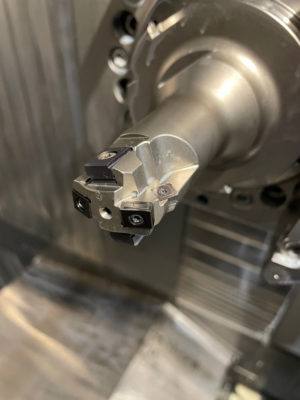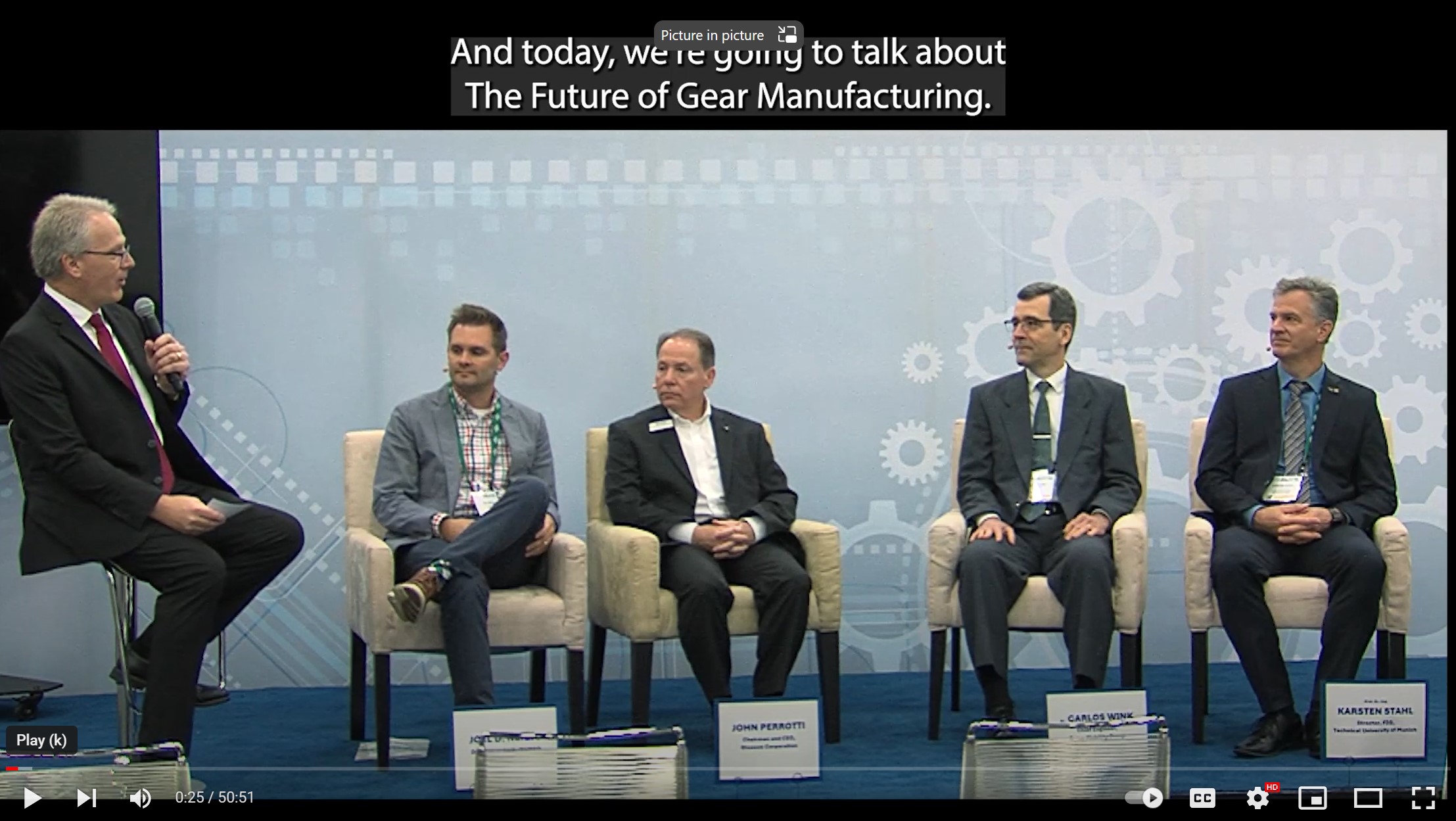Chamfering Tools
Match the ideal solution to the workpiece
Read More
Radial Chamfering Arrives for E-Drive Gears
Horizontal hobbing makes an ideal solution for geared shafts with interfering contours, including EV transmission shafts
Read More
Internal Gearing, Deburring, Honing and the Advancement of Robotic Cells
Examines the changing face of machine operation today
Read More












